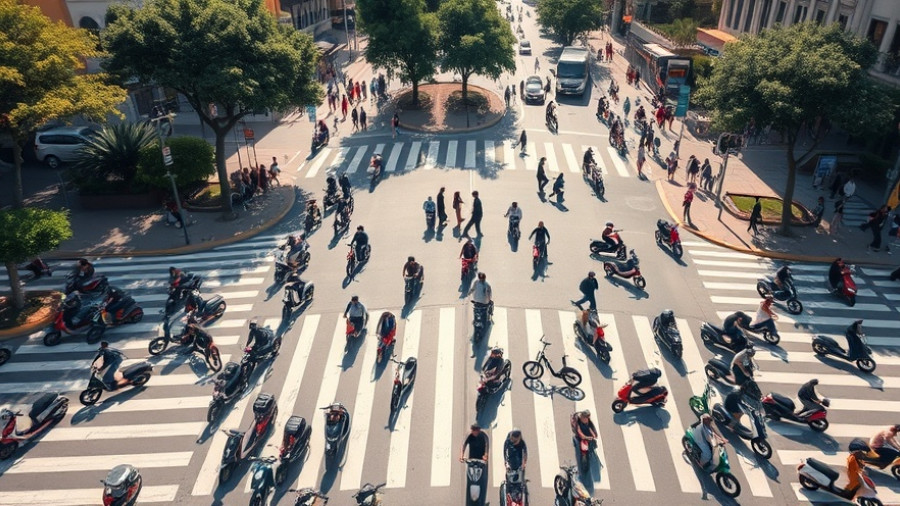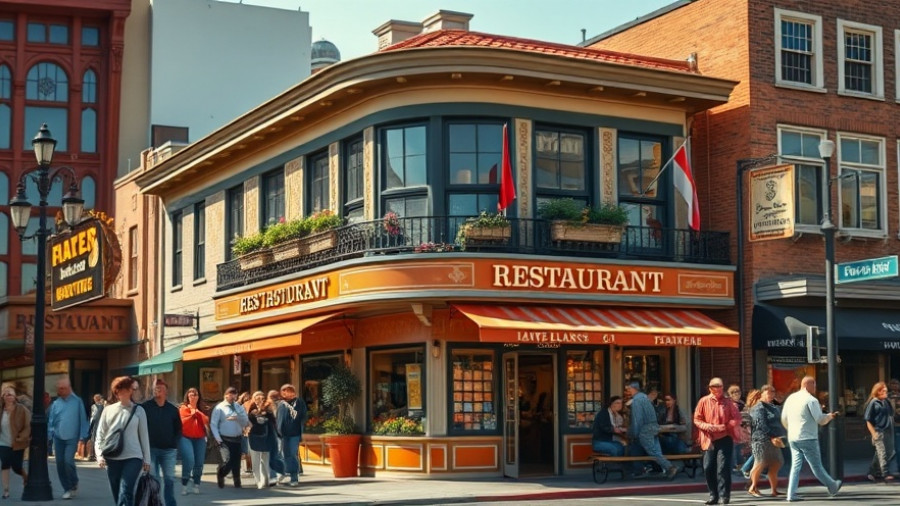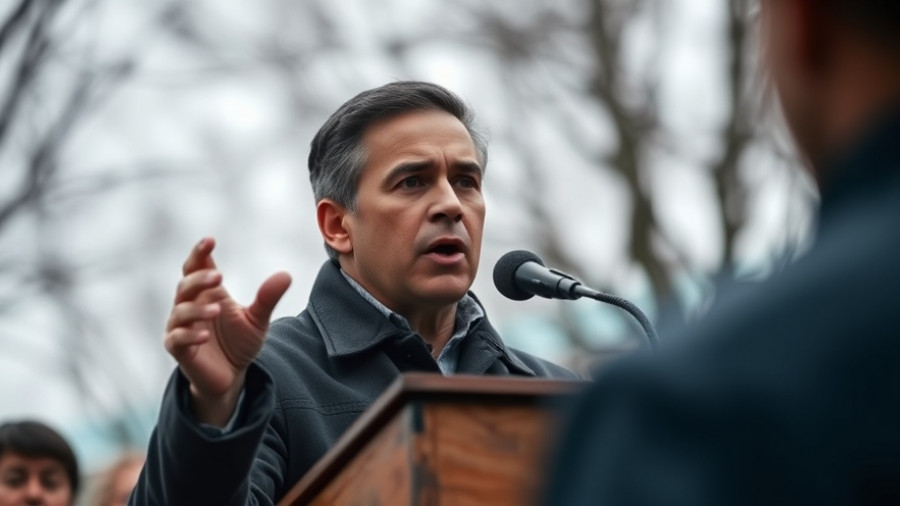
The E-Bike Revolution: China’s Lead in Electric Mobility
As urban areas around the globe grapple with vehicular congestion and the pressing need for sustainable transport solutions, China's e-bike boom offers an ambitious blueprint for future urban mobility. With over 420 million e-bikes on the streets, cities like Shanghai, where one in every two residents owns an e-bike, showcase a robust integration of electric bikes into the everyday fabric of urban life.
This transformation dates back to the 1980s, a time when two-wheeled motorcycles were banned in many Chinese cities due to noise and safety concerns. Manufacturers pivoted quickly, electrifying pedal bikes to meet the emerging demand for practical and safe transportation options. Today, the e-bike landscape in China has evolved significantly, with models that often resemble mopeds more than traditional pedal-assist bicycles.
Understanding E-Bike Regulations
The precise classification of e-bikes under China’s national standards contributes to their widespread acceptance. Defined as “two-wheeled vehicles with electric drive and/or electric-assisted function,” these vehicles are designed to provide accessibility while ensuring user safety. The regulations governing these electric bicycles have seen continuous evolution, reflecting both technological advancements and growing urban needs.
China’s journey with e-bikes began in earnest in 1999, introducing its first national standard to limit size and speed. Initially, e-bikes were capped at a maximum weight of 40 kg and a speed limit of 20 km/h. However, as market dynamics evolved, revisions saw these standards increase to accommodate newer models, while enhancing safety features to prevent issues like battery fires and mechanical failures.
Infrastructure Development: A Key Element
Central to China’s e-bike success is its strategic investment in infrastructure. Cities are not just categorizing e-bikes as part of the transport system; they are actively enhancing the cycling experience through extensive bike lane networks and public charging solutions. Major cities such as Guangzhou have renovated nearly 968 km of bike lanes recently and are developing over 4,500 km of protected cycling pathways, aiming for even greater connectivity in the coming years.
Policy-driven initiatives like Beijing’s implementation of bicycle-only corridors illustrate a growing commitment to making e-biking a safe and viable option for urban transport. These infrastructure improvements prioritize rider safety by reducing conflicts with motor vehicles, thereby boosting cycling's appeal.
Safety Standards and Innovations
In light of rising safety concerns linked to the extensive use of lithium-ion batteries, China has implemented strict safety standards to mitigate risks associated with e-bikes. By adopting the new CNCA-C11-16:2025 standards, the country aims to ensure all e-bikes meet stringent safety criteria, mandating that manufacturers adhere to updated technical specifications regarding batteries and electronic components.
Moreover, innovations such as geo-location technologies and battery monitoring systems are becoming the norm, providing real-time feedback to riders and reducing potential hazards. Such measures not only enhance safety but empower users with knowledge about their vehicles' performance and battery health.
A Shared Future: The Role of Community
Shared e-bikes are fostering a community-based approach to this mobility revolution. Managed programs across more than 300 Chinese cities are allowing residents to leverage electric bikes without the burdens commonly tied to ownership—such as maintenance and charging concerns. This model minimizes safety risks, such as unauthorized modifications, and enhances the overall user experience.
Lessons for the U.S.: What We Can Learn from China’s E-Bike Strategies
While the U.S. has made strides in encouraging cycling and expanding electric mobility, the scale and effectiveness of China’s approach provide valuable lessons. Comprehensive regulations paired with significant investments in infrastructure could revolutionize how urban Americans think about transportation. Advocacy toward sustainable transport can drive community engagement and ease the transition into electric mobility.
As we inch closer to a more electrified future, understanding and adapting successful strategies can help U.S. cities enhance their infrastructures while ensuring that safety and sustainability remain at the forefront of urban planning and policies.
By embracing the e-bike revolution and aligning it with a commitment to safety and accessibility, cities worldwide can develop a cleaner, more efficient urban transport system that benefits everyone.
Conclusion: Moving Forward Together
The narrative surrounding e-bikes is not just about convenience; it’s a compelling story of how countries like China are shaping the future of transport. As technology advances and global awareness of climate issues grows, there lies an opportunity for cities, particularly in the Bay Area, to adopt and adapt these practices for the benefit of residents, preserving the unique charm and spirit of local communities.
As we explore the potential for e-bike integration into everyday life, it's crucial to remain engaged in discussions about infrastructure changes, safety standards, and community-driven initiatives. By doing so, we can illuminate a path toward a sustainable mobility future that fosters community spirit and respects the urban environment. Let's be proactive in understanding how bicycle culture can thrive in our cities, and advocate for policies that harness the efficiency and excitement of e-bikes for all.
 Add Row
Add Row  Add
Add 



Write A Comment